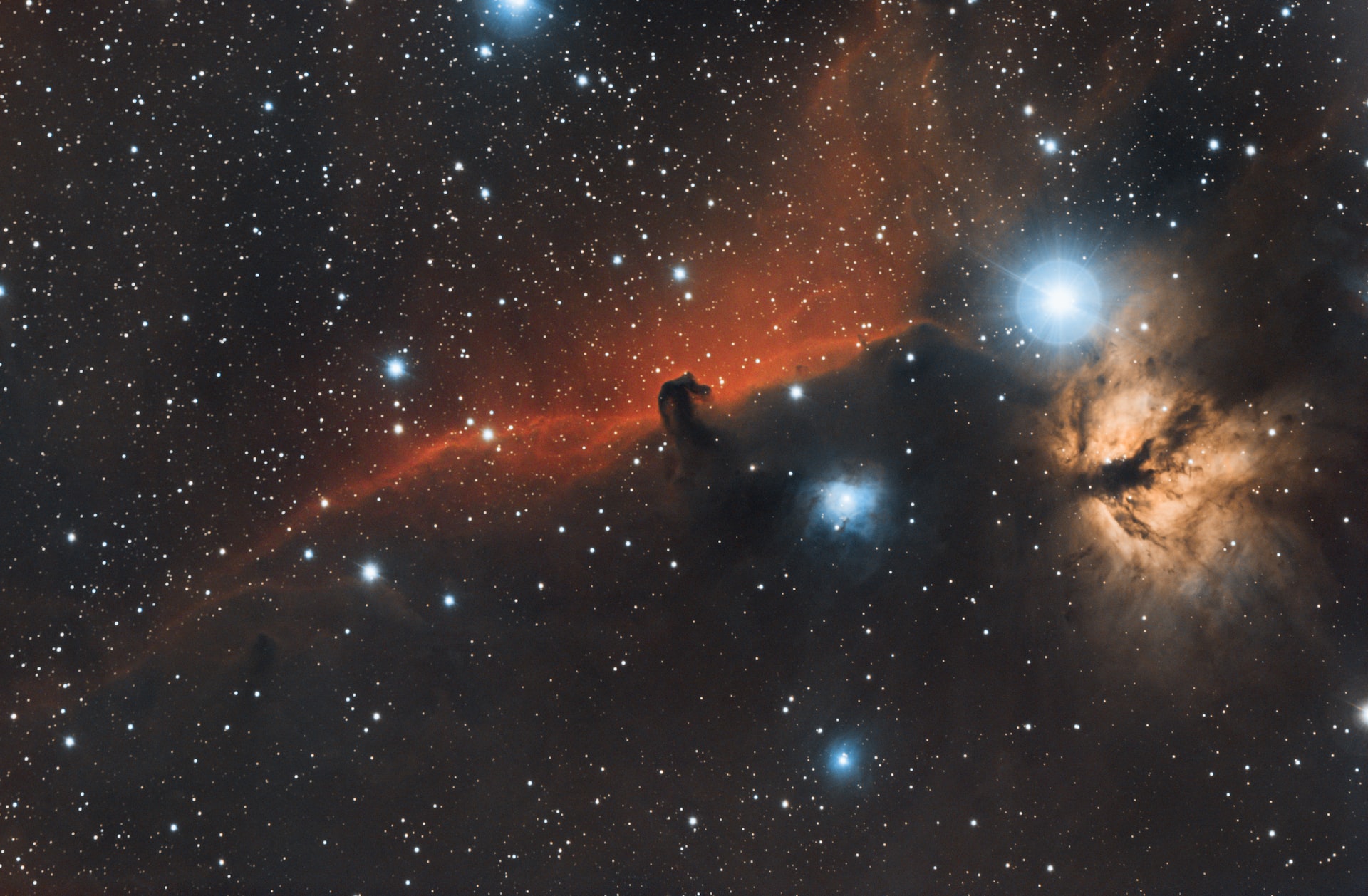10 Surprising Facts About Our Solar System

The solar system is a fascinating topic that captures the imagination of people of all ages. From the massive size of Jupiter to the mysterious dwarf planet Pluto, there is much to learn about this incredible corner of the universe.
The Sun is a Star
Contrary to popular belief, the sun is not a planet but a star. It is the center of our solar system and its gravity keeps the planets in orbit around it. The sun is also a typical main-sequence star and is one of the hundreds of billions of stars in the Milky Way galaxy.
The Four Inner Planets are Terrestrial
The four inner planets – Mercury, Venus, Earth, and Mars – are known as terrestrial planets. They are called this because they have solid, rocky surfaces and are relatively small compared to the gas giants in the outer solar system.
Jupiter Has More Moons Than Any Other Planet
Jupiter has the largest number of moons in our solar system, with a total of 79 confirmed moons. Some of these moons, such as Europa, are believed to have oceans beneath their icy surfaces and may have the conditions necessary for life.
Saturn’s Rings are Made of Ice
Saturn’s famous rings are made up of billions of ice particles, ranging in size from tiny particles to huge chunks. The ice particles are thought to have formed from the breakup of one or more of Saturn’s moons.
The Kuiper Belt Contains Dwarf Planets
The Kuiper Belt is a region of our solar system that lies beyond Neptune and is home to many dwarf planets, including Pluto. The Kuiper Belt is believed to be the source of many short-period comets, which have orbits that bring them close to the sun.
The Dwarf Planet Ceres is the Largest Object in the Asteroid Belt
Ceres is the largest object in the asteroid belt between Mars and Jupiter and is classified as a dwarf planet. It is also the only dwarf planet in the inner solar system and has a diameter of 590 miles (940 km).
Uranus Rotates on its Side
Uranus is the only planet in our solar system that rotates on its side. This unusual orientation is believed to be the result of a massive collision with a large object early in the planet’s history.
Neptune Has Strong Winds
Neptune has the strongest winds of any planet in our solar system, with gusts reaching over 1,000 miles (1,600 km) per hour. These strong winds are thought to be driven by heat from Neptune’s interior, which rises to the surface and creates massive storms.
The Oort Cloud Contains Billions of Comets
The Oort Cloud is a massive cloud of comets that lies beyond the orbit of Neptune and is believed to be the source of long-period comets. Scientists estimate that the Oort Cloud contains billions of comets, some of which may one day be perturbed by the gravitational pull of nearby stars and sent into the inner solar system.
The Solar System is Almost 4.6 Billion Years Old
The age of the solar system is estimated to be 4.6 billion years, based on the radiometric dating of rocks from the inner planets and the moon. This means that our solar system has been around for almost one-half of the age of the universe.
In conclusion, our solar system is full of surprises and is constantly revealing new and exciting information. From the dwarf planet, Pluto is considered a planet and then reclassified, to the vast amount of asteroids and comets that occupy our celestial neighborhood, our understanding of the solar system is constantly evolving. It is crucial to continue exploring and studying our solar system to gain a deeper understanding of the universe we inhabit.





